A Morning Visit to Tifft
Published: August 06, 2013
Tags: Parks and Preserves, Eastern Phoebe, Black-crowned Night Heron, Green Heron, Great Blue Heron, Great Egret, Northern Rough-winged Swallow, Marsh Wren, Carolina Wren, Blue-gray Gnatcatcher, American Robin, Gray Catbird, Red-breasted Merganser, Ring-necked Duck, Song Sparrow, Swamp Sparrow, Baltimore Oriole, Cedar Waxwing, American Goldfinch, Tifft Nature Preserve
I thought a walk through Tifft Nature Preserve this morning would be a nice finish to this year's vacation. This year, our family had a "Staycation", which, in this case, meant allllll the kids and grandkiddies camped out at our house for a few days. Wow! It was busy, energetic, loud, crazy, and FUN! So, today, I treated myself with a little vacation from my vacation and went birding - ALONE! :)
I didn't really expect to see anything out of the ordinary, as it's early August and migratory movements for a few species are only just beginning. I did hear something interesting and loud that I couldn't identify out in the marsh end of the preserve, but other than that, it was just plain wonderful to spend some time with the "regulars".
I had some unexpected and nice views of 2 different Marsh Wrens, I saw 3 Black-crowned Night Herons (2 adults and 1 immature), some close views of 2 fledgling Northern Rough-winged Swallows, and, with berries ripening everywhere, lots and lots of Cedar Waxwings. I was even "gifted" with a nice view of a fledgling Cedar Waxwing. The American Robins and Gray Catbirds were too numerous to count and large flocks of starlings were everywhere. I was surprised at the absence of Red-winged Blackbirds, though...
One interesting observation was the fact that I captured a photo of an Eastern Phoebe with a berry in its beak. I thought they were strictly insectivores (if that's even a word!) - but when I looked up the flycatchers in my new / used Sibley's, sure enough, some flycatchers will supplement their diet with berries.
There were a couple of Willow Flycatchers present today too. By the way, I was able to distinguish Willow Flycatchers from the other Trail's flycatcher, the Alder, by its RITZbew! call, which is pretty much the only way (other than some very precise measurements) to tell the two species apart. Tifft has a great habitat for Willow Flycatchers as they prefer low brushy vegetation in wet areas. Some of the other Empidonax Flycatchers, like the Least, Eastern Wood-Pewee, and Acadian, prefer mature forests, staying within the canopy of the forest, rarely leaving it.
Just before leaving, I swung by the pond where the Ring-necked Duck has been frequenting and sure enough, he's still there. The poor guy has been all alone all season long. I sure hope he hooks up with his kind as they migrate back through in a few weeks!
Other birds seen today were: Green Heron, Great Blue Heron, Great Egret, Carolina Wren, Blue-gray Gnatcatcher, Red-breasted Merganser, Song Sparrow, Swamp Sparrow, Baltimore Oriole, and American Goldfinch. And as you'll see in the photos, many fledglings were seen. It was obviously a good season!
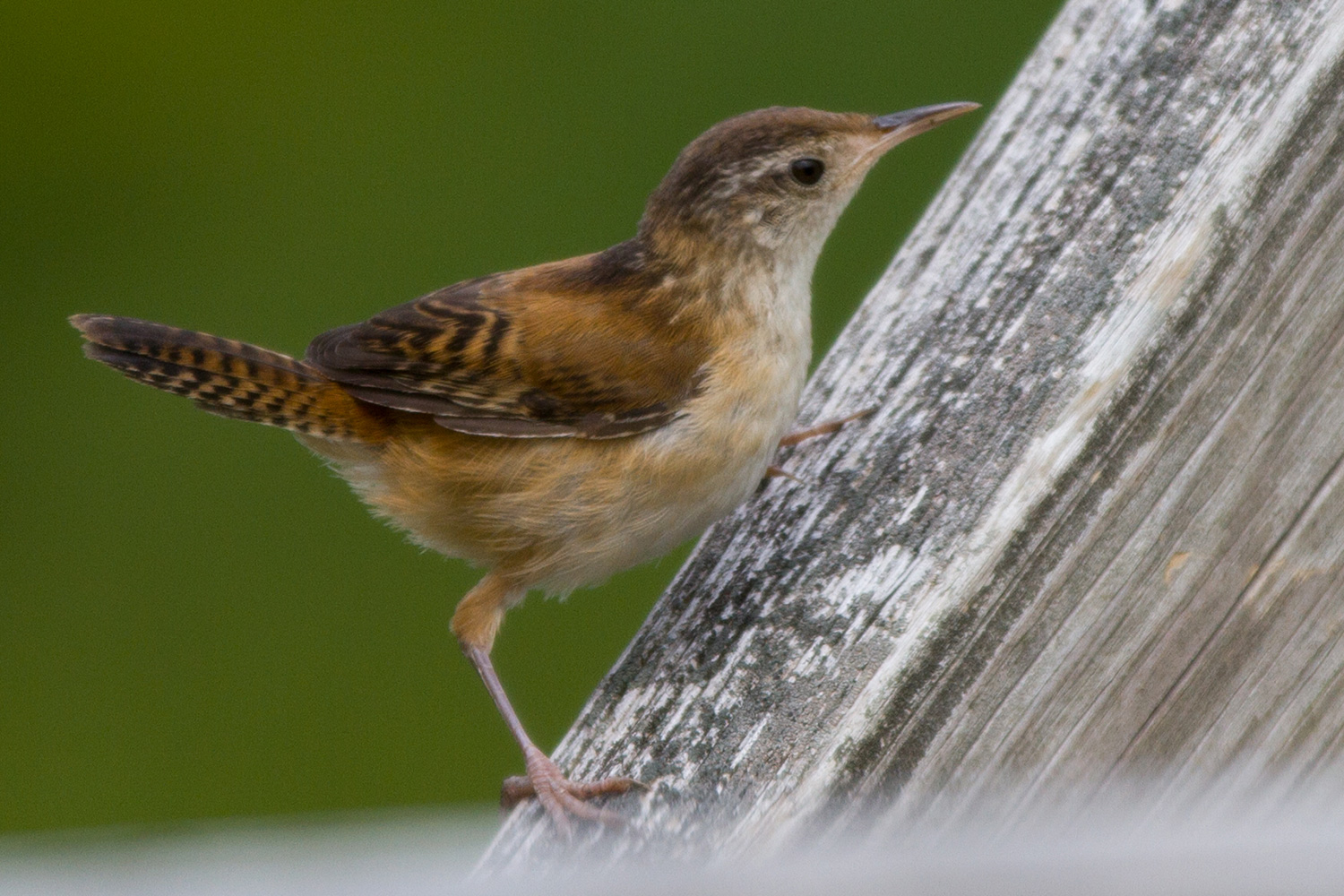
Marsh Wren

Marsh Wren
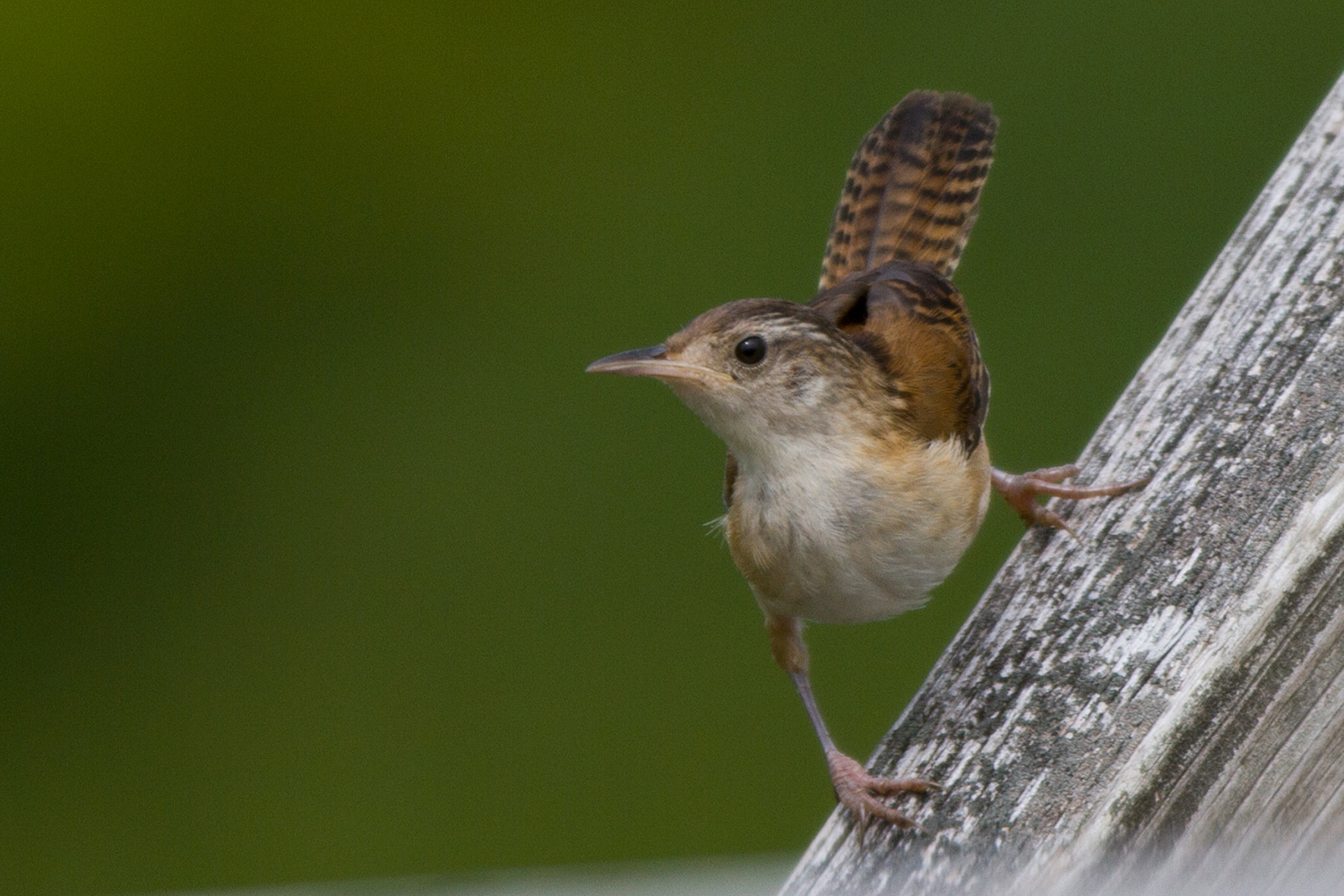
Marsh Wren

Fledgling Song Sparrow

Blue-gray Gnatcatcher
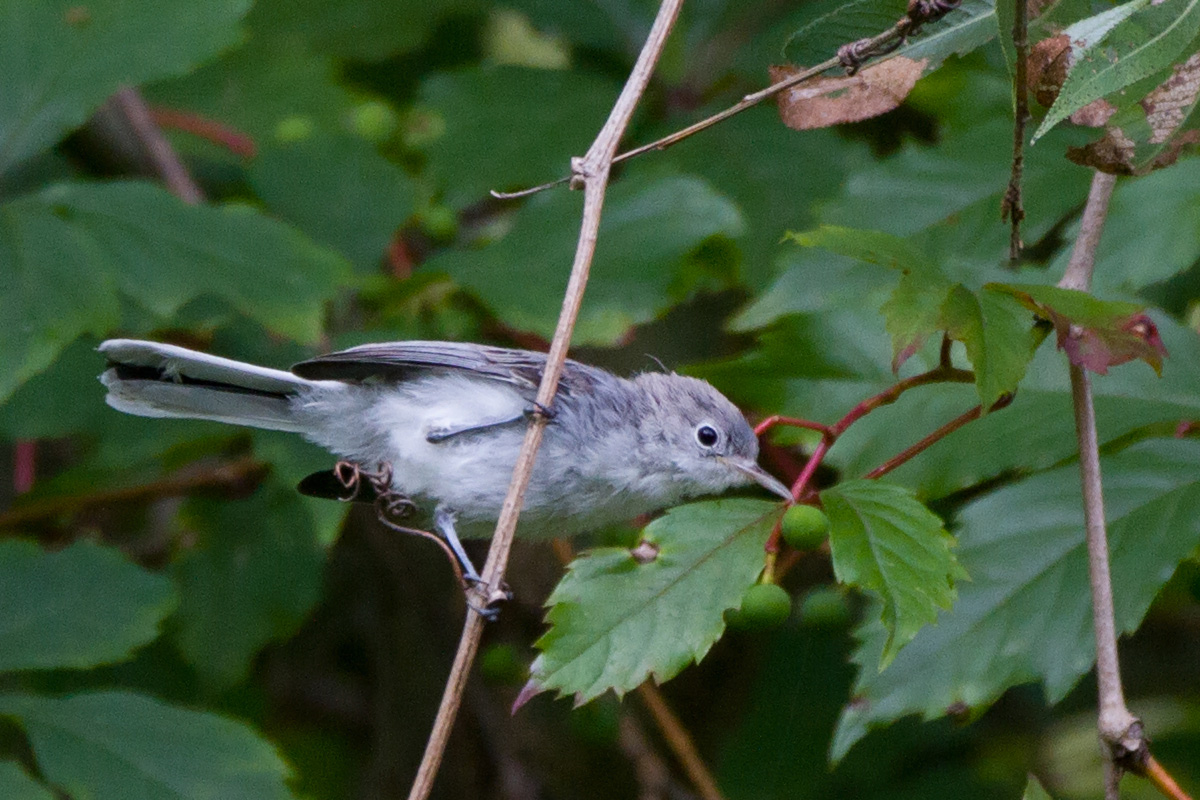
Blue-gray Gnatcatcher

Fledgling Cedar Waxwing

Cedar Waxwing

Black-crowned Night Heron
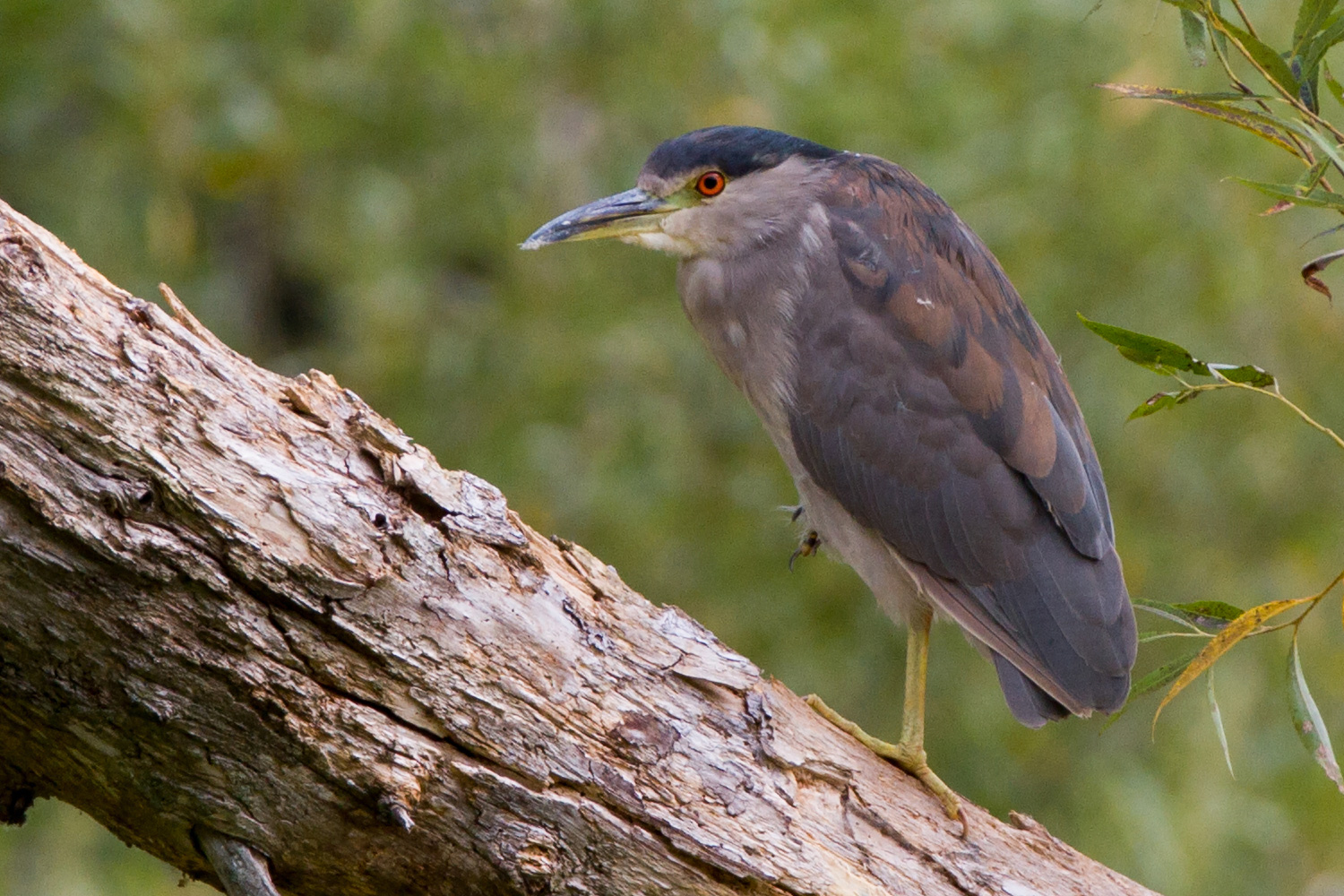
Nearly two hours later: the same Black-crowned Night Heron in the exact, same spot and still with his one leg raised. Wow!
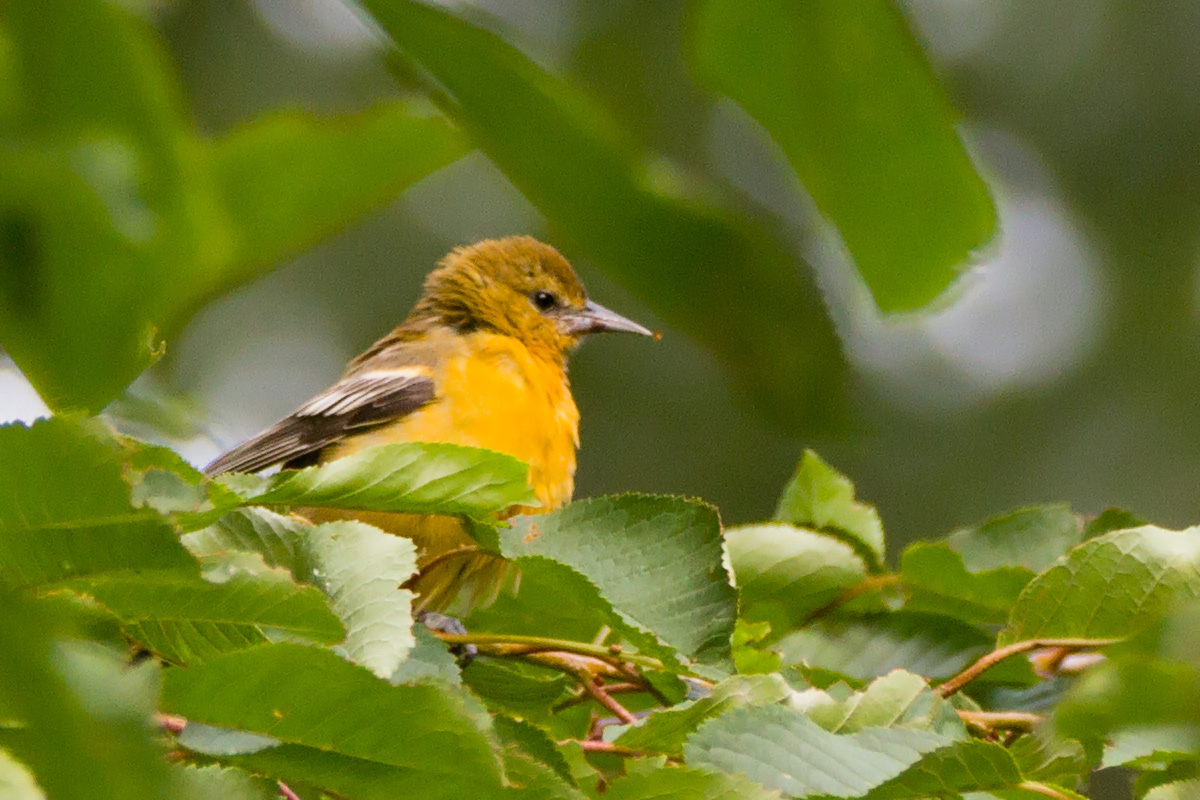
Young or female Baltimore Oriole
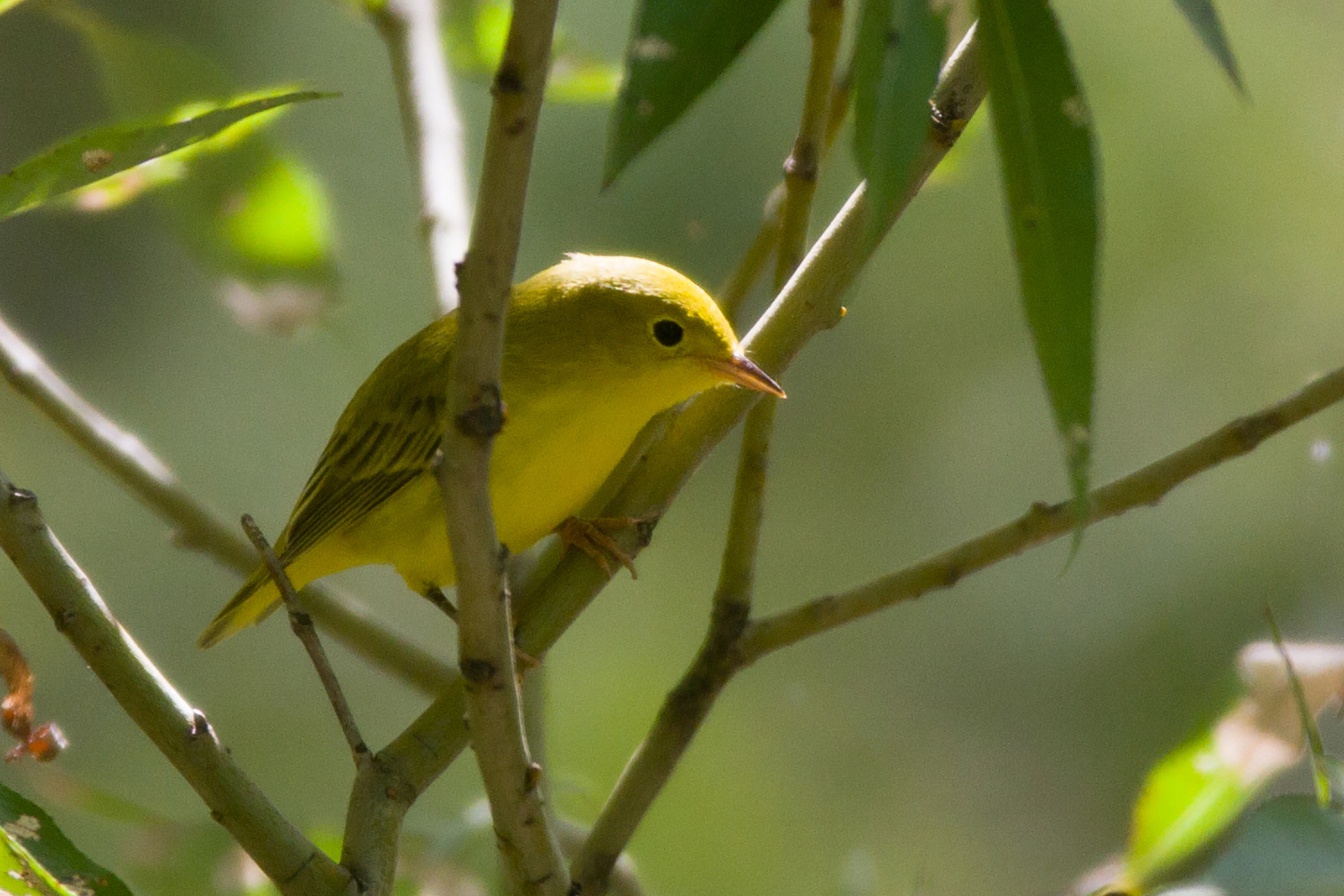
Female Yellow Warbler
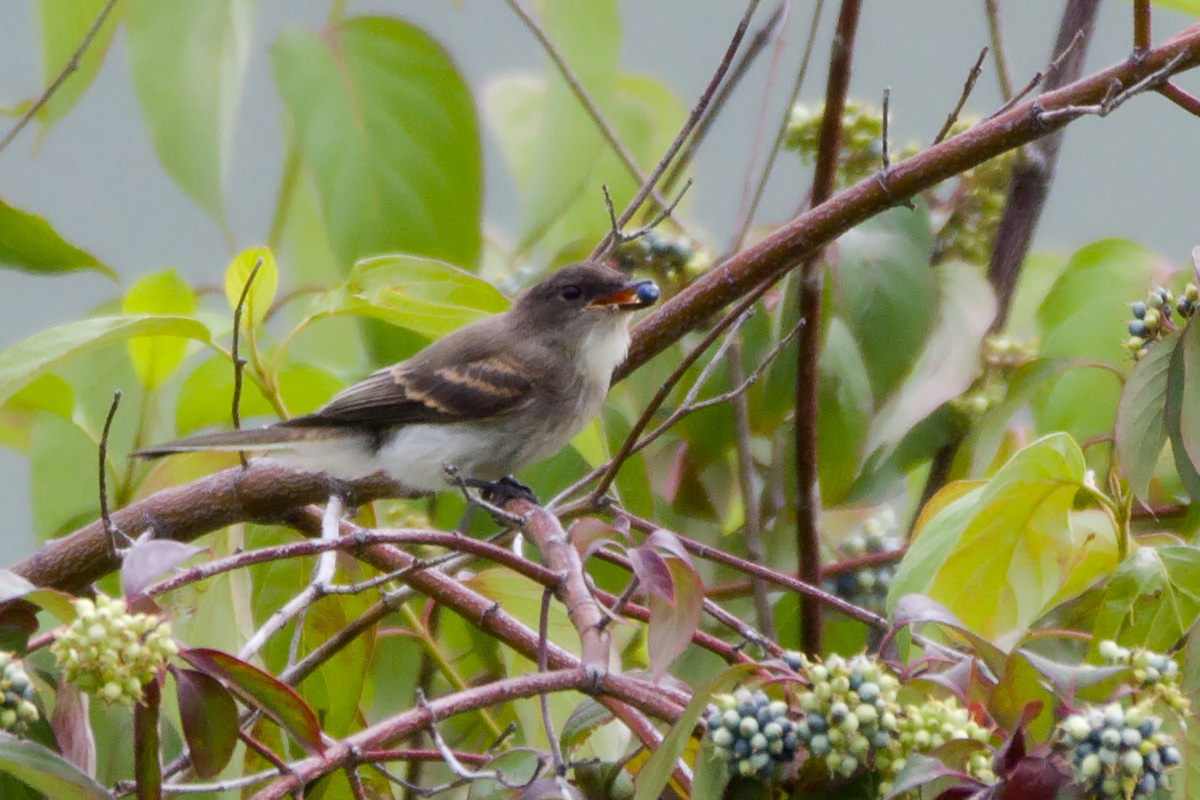
Young Eastern Phoebe with a berry in its beak

Young Eastern Phoebe
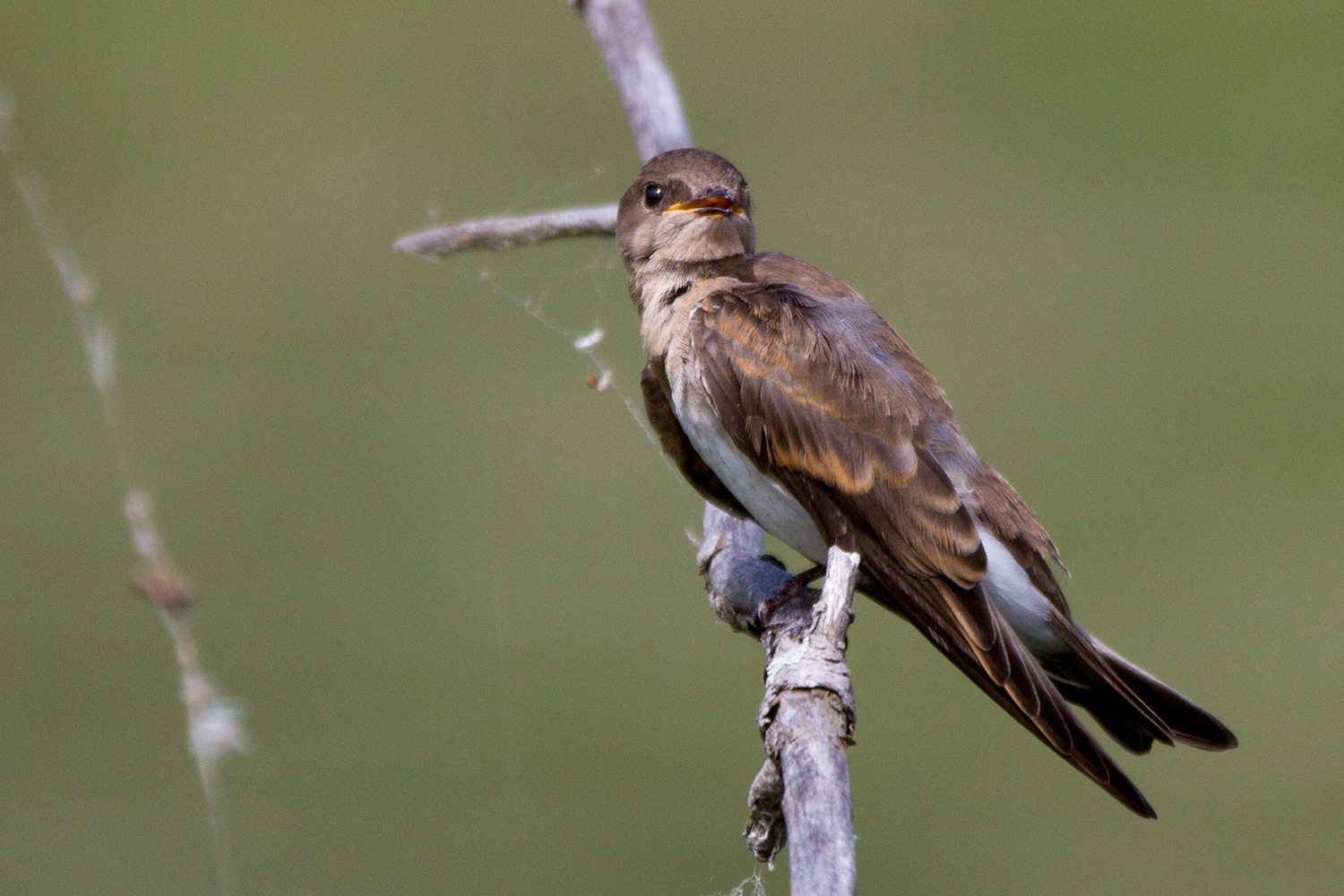
Fledgling Northern Rough-winged Swallow
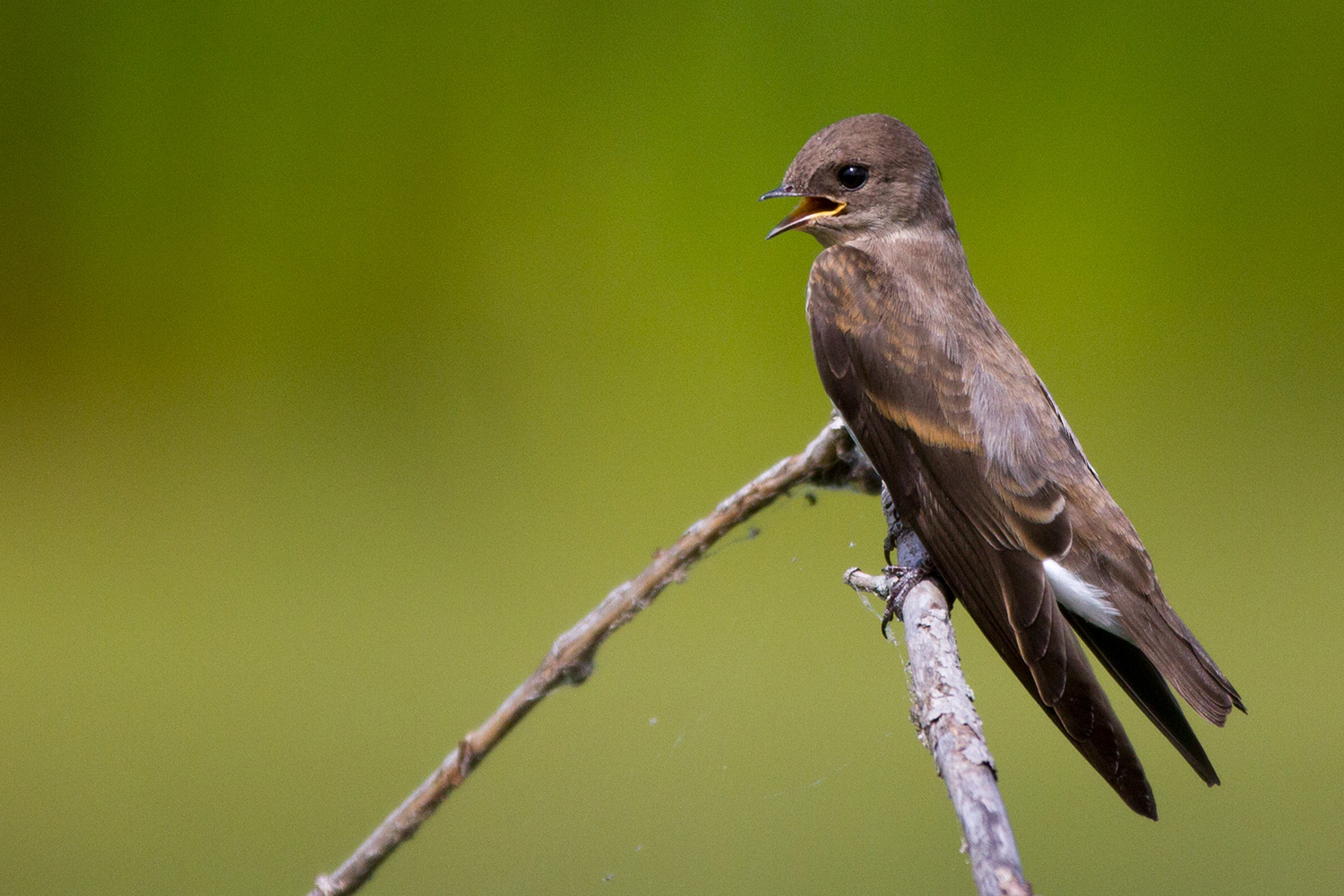
Fledgling Northern Rough-winged Swallow
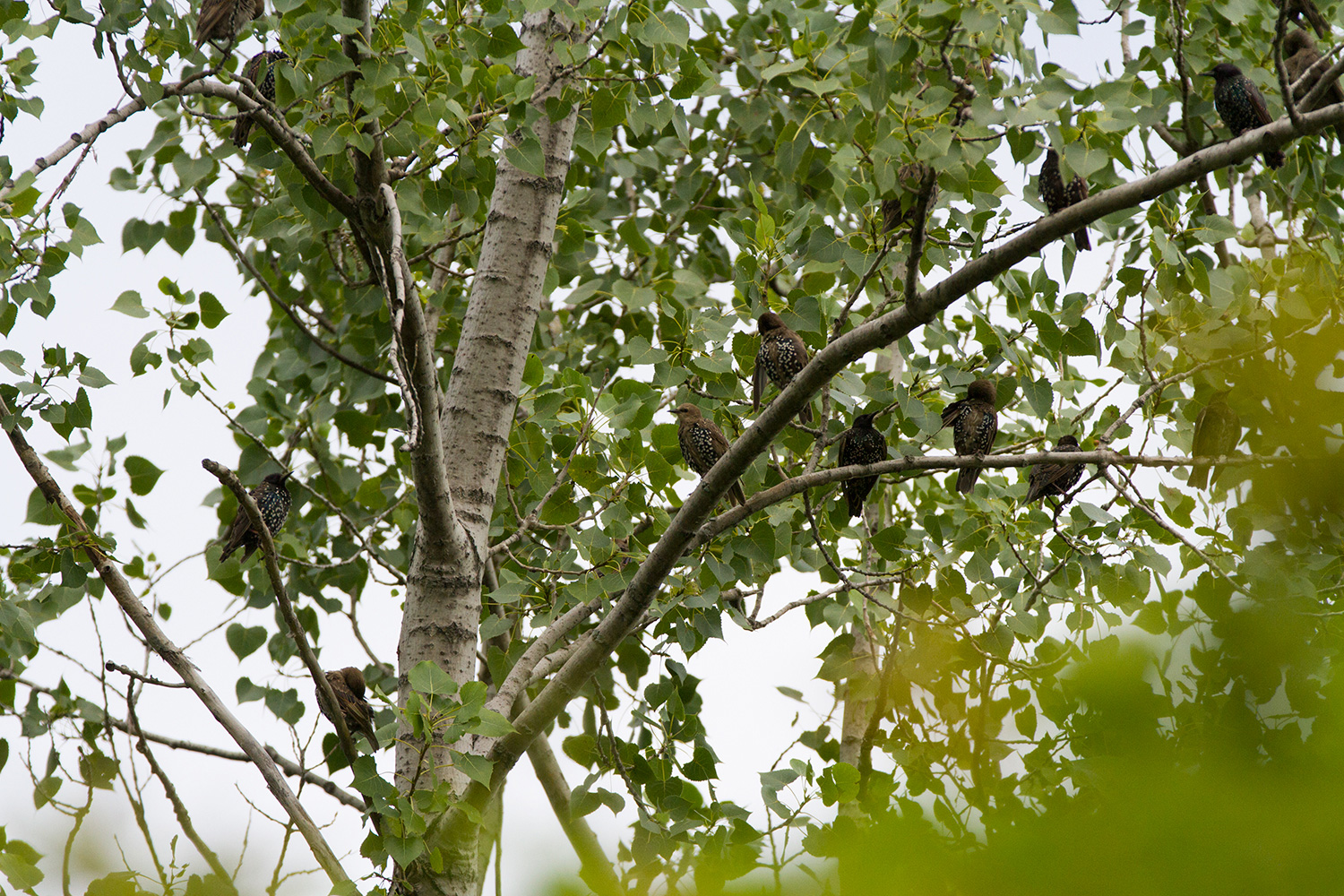
Large groups of European Starlings were in many places.

The Ring-necked Duck all by his lonesome
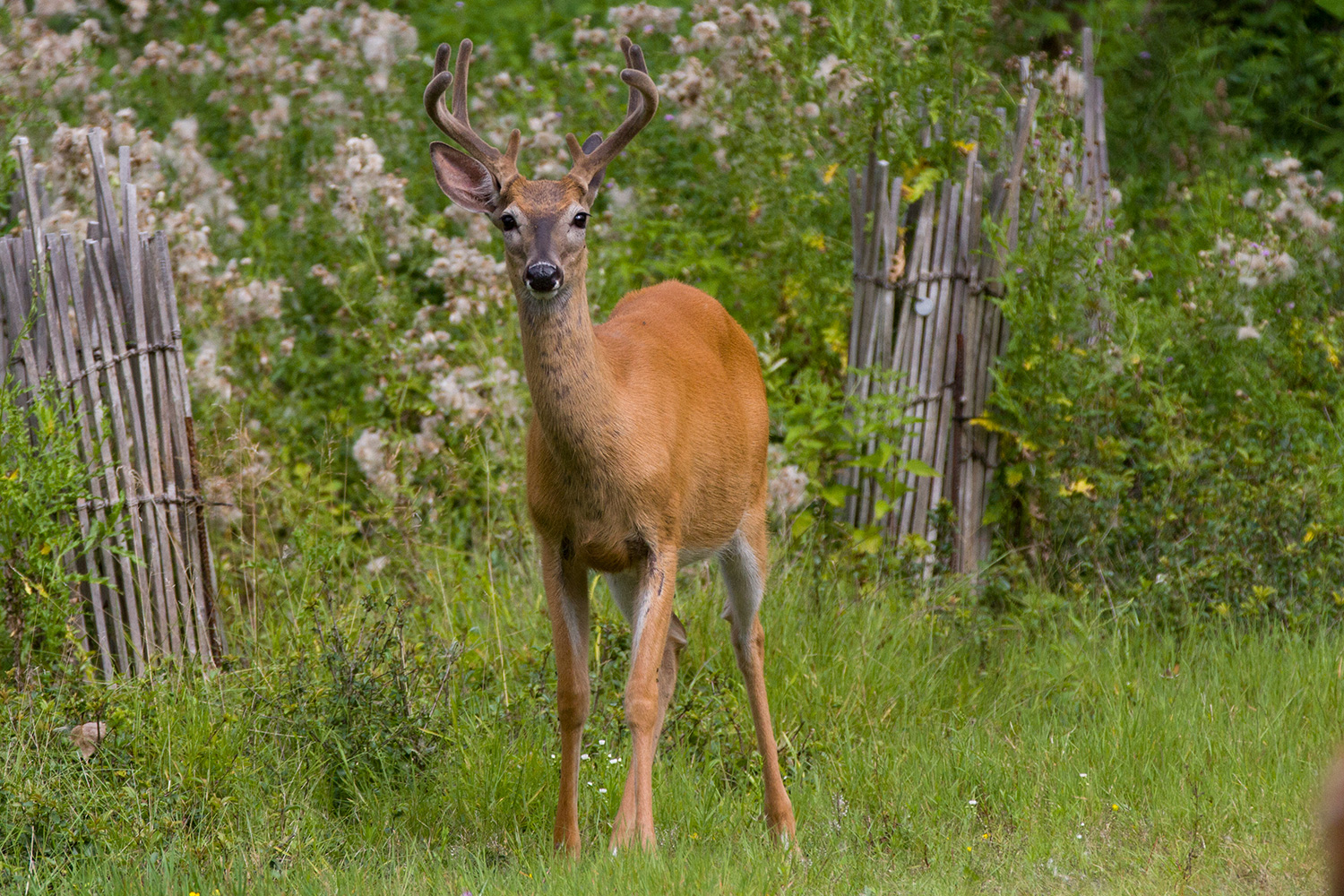
Beautiful White-tailed buck
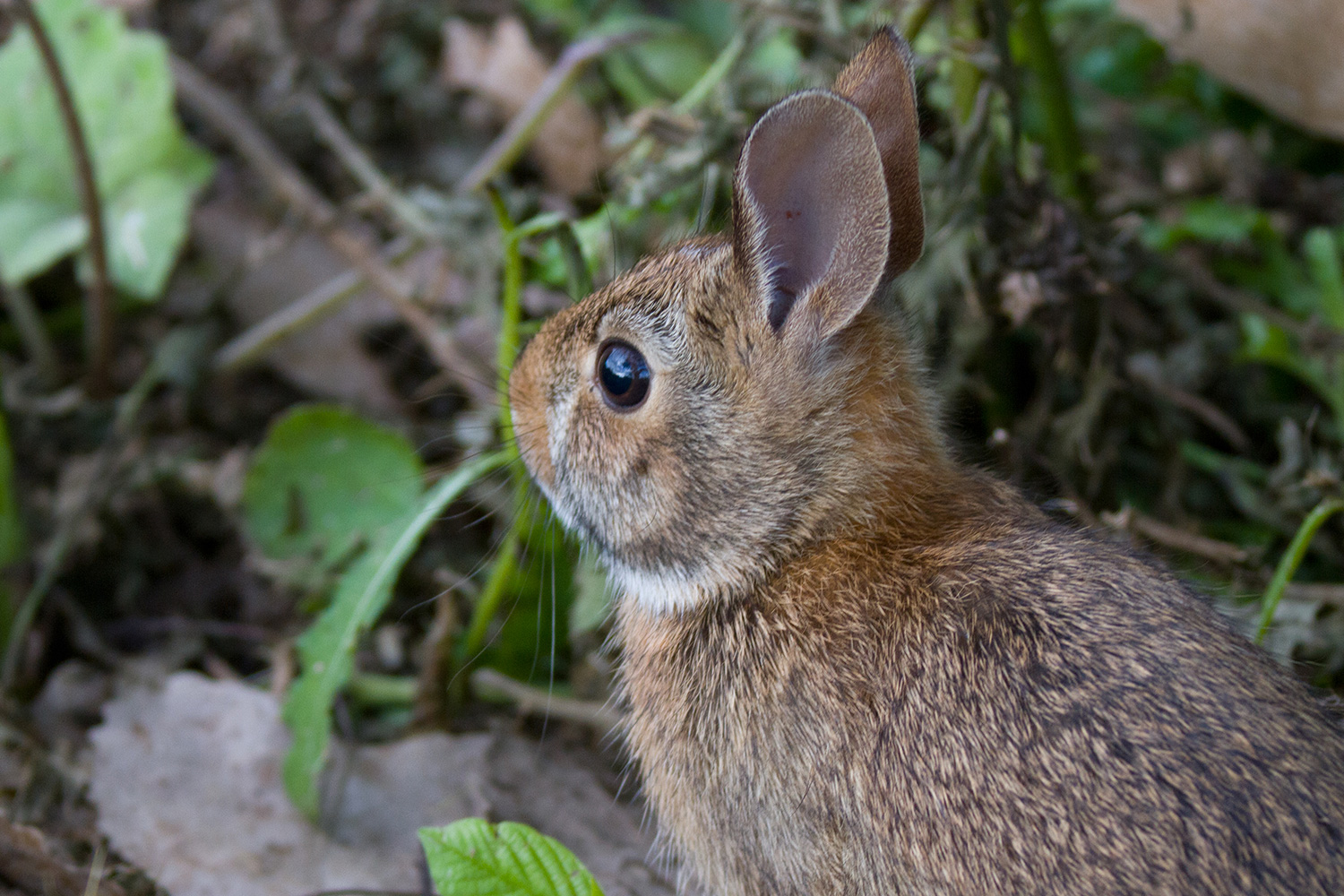
Little bunny

The Willow Flycatcher photos are Eastern Phoebe juveniles.

Thank you, David; I stand corrected. I will update the captions. I appreciate the help!
Go Back
Go to Top